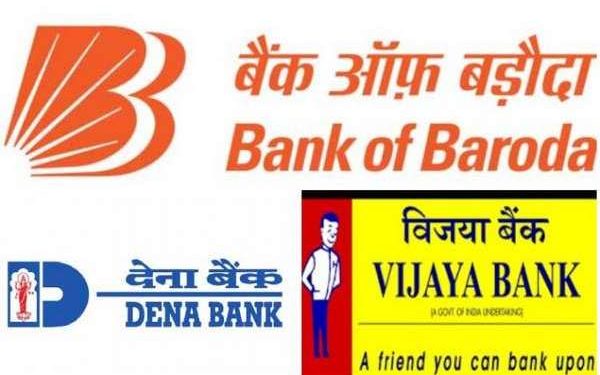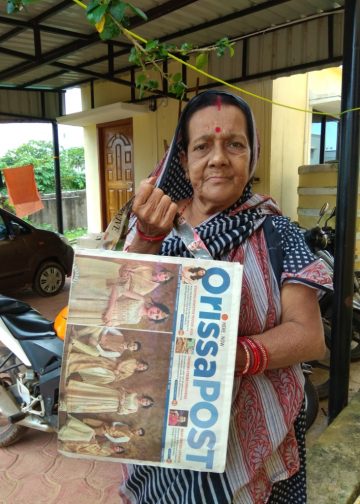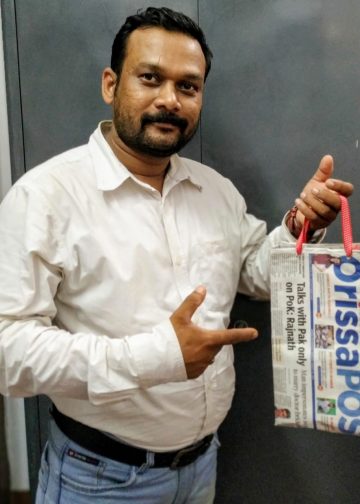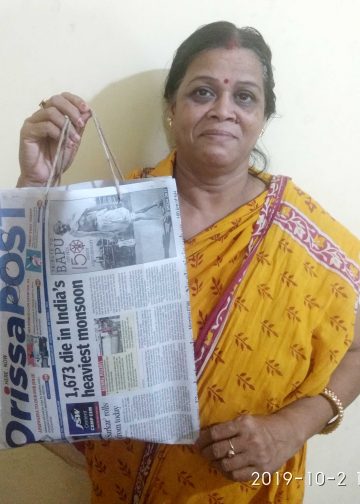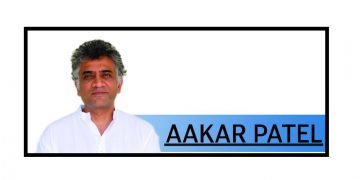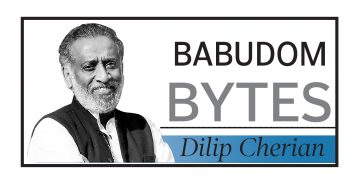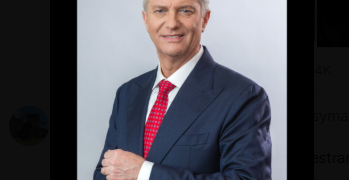In a major policy initiative, Union Finance Minister Arun Jaitley Monday announced that the government would amalgamate three public sector banks – Bank of Baroda (BoB), Vijaya Bank and Dena Bank – to create India’s third largest bank. The merged bank would have a market share of about 7.2 per cent in deposits and 6.8 per cent in loans, based on March 2018 data, making it the second-largest bank by deposits and the third-largest by loans. Also, the combined entity will have the second-largest branch network, with about 9,500 outlets nationwide.
The decision was not completely out of the blue. Consolidation in the banking space was already in the works for many years now. In keeping with its obligations under the Basel III norms, the government had been looking forward to merge smaller public sector banks into larger ones in order to create globally competitive financial institutions. Earlier, the government had merged five associated banks of the State Bank of India into the later. Yet, the SBI with a book size of about `45 lakh crore is not in the top 40 commercial banks of the world.
The objective behind the move was to cut down on operational costs of banks and bring in efficiency in their functioning. The merger could also wipe out overlap among public sector banks in terms of their mode of operations and branches. Merger can also bring in scale of business helping banks underwrite big ticket advances. At present, smaller book sizes of most Indian banks prevent them, barring a few, from singularly meeting the funding requirement of corporate houses or funding mega public infrastructure projects. It forces them to get into consortiums. In case of an advance going bad, it becomes cumbersome for a consortium of banks to seek legal remedies.
Factors like complementarities, growth potential and cost efficiency should guide the government, the majority shareholder in all PSU banks, while taking such decisions. However, this is not happening even though the government claims to its contrary. In case of the latest merger bid what has inspired the government to do this is the urgent need to overcome the bad loan crisis of two smaller banks, especially Dena Bank. Of the three, the financial health of Dena Bank is the worst. The bank reported losses for three straight years through March 2018, as well as in the quarter that ended in June 2018.
Immediately after the announcement of the merger by the government, the shares of BoB and Vijaya Bank took a hit while that of the Dena Bank gained sharply to hit upper circuit Tuesday. This is not surprising at all. The financial state of Dena Bank is in the worst among the three and is currently under the Reserve Bank of India’s prompt corrective action framework. Unlike the other two banks, its shareholders are set to gain from a being part of a new bank with greater financial strength.
The weak state of small public sector banks (PSBs) because of piling non-performing assets (NPAs) and the Centre’s tight financial position have forced the government’s hands to amalgamate the three banks. The combined bad loans in the country are totted up to over `10 lakh crore now. Last year, the government merged the five associated banks of SBI with the parent bank and last month, the LIC was forced to bail out the sick IDBI Bank.
Asking a healthy financial institution to take over an ailing one many not be always an optimal solution. Chances are that both may end up sick. This is not to say that mergers are outright bad. This is certainly one way of managing the problem. However, the government must guard against the ills that put paid to their profitability. The merger plan also entails significant execution risks related to integrating business portfolios, IT systems and human resources, as well as reducing overlapping operations.
The merger exercise, therefore, should be carried out with prudence. The boards should sit up and identify their common and unique ills. Efforts must be made to make the most of the synergies. They should put a premium on implementing global standards by ring-fencing the new entity from political interference. This is a real challenge.
Silent Complicity
By Aakar Patel Intent has an ally in apathy. Intent seeks to take ground; apathy will kindly adjust. Intent is...
Read moreDetails
